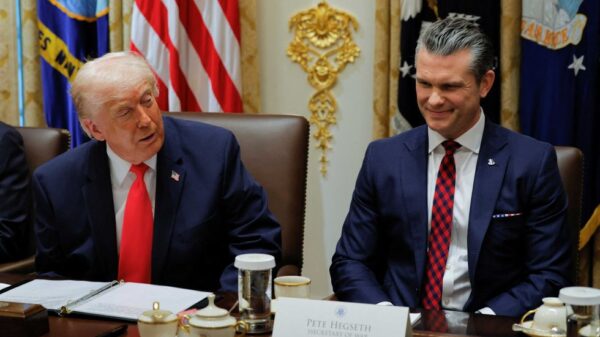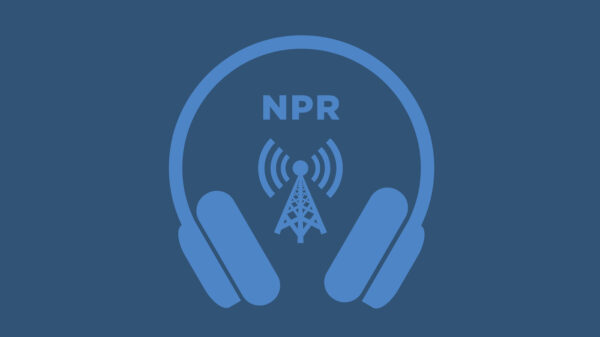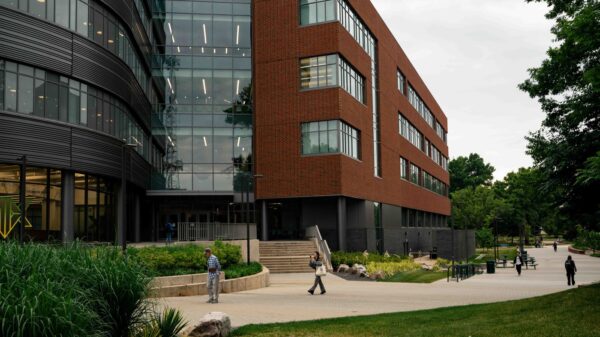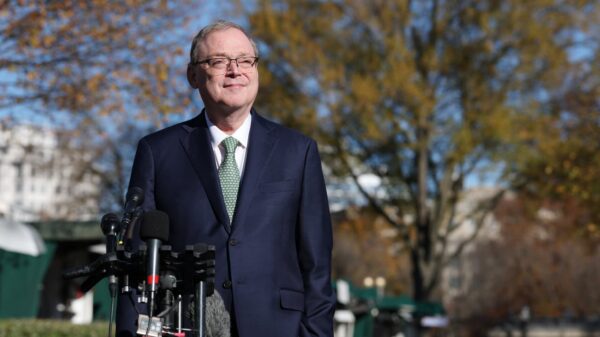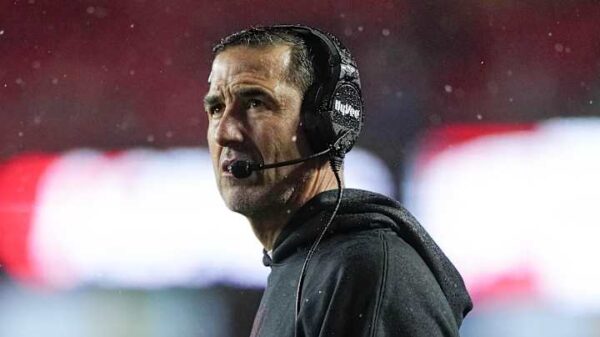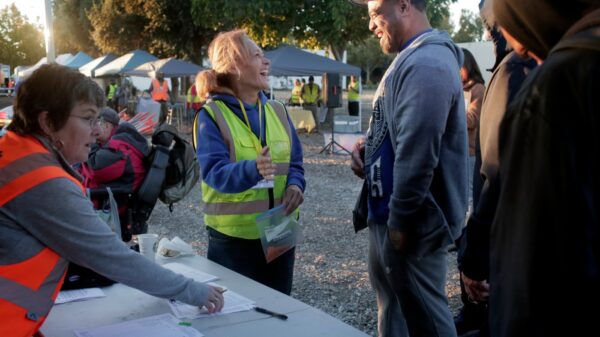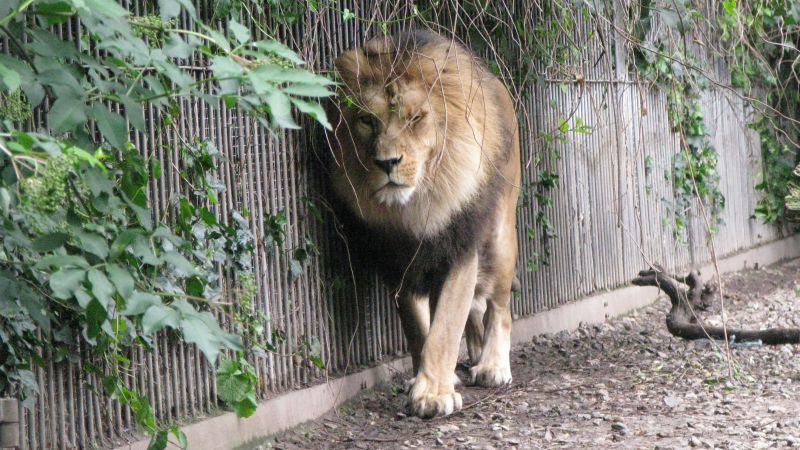A zoo in northern Denmark has initiated a unique program encouraging pet owners to donate unwanted animals, including guinea pigs, rabbits, and chickens, to feed its carnivorous predators. The Aalborg Zoo stated that this effort aims to mimic the natural food chain, ensuring that nothing goes to waste while promoting the well-being and nutrition of its animals.
In a Facebook post, the zoo explained that “chickens, rabbits and guinea pigs form an important part of the diet of our predators.” Accompanying the message was an image of a lynx, showcasing the zoo’s commitment to maintaining natural feeding behaviors. To ensure humane treatment, the zoo noted that the donated animals would be “gently euthanized” by trained staff before being provided as food to its predators.
Controversy Surrounds Feeding Practices
The Aalborg Zoo is home to various carnivorous species, including the Asiatic lion, European lynx, and Sumatran tiger. The public request for donations has sparked significant debate online. While some individuals oppose the idea of turning pets into prey, others commend the zoo for its approach to animal welfare and sustainability.
Pia Nielsen, the deputy director of Aalborg Zoo, addressed the initiative in a statement to The Guardian, clarifying that this practice has been part of the zoo’s operations for several years and is common across Denmark. She stated, “For many years at Aalborg Zoo, we have fed our carnivores with smaller livestock. When keeping carnivores, it is necessary to provide them with meat, preferably with fur, bones, etc., to give them as natural a diet as possible.”
Nielsen emphasized that allowing animals requiring euthanasia to contribute as food makes practical sense. She added, “In Denmark, this practice is common, and many of our guests and partners appreciate the opportunity to contribute. The livestock we receive as donations are chickens, rabbits, guinea pigs, and horses.”
Historical Context of Euthanasia in Zoos
This is not the first instance of Danish zoos facing scrutiny regarding their feeding practices and population control. In 2014, the Copenhagen Zoo euthanized a healthy young giraffe named Marius to prevent inbreeding, despite widespread public opposition and a petition aimed at saving the animal. Marius’s carcass was used for research and to feed carnivores like lions and tigers. The zoo later faced backlash again when four lions were euthanized to create space for a new male, intended to breed a new generation of cubs.
As the conversation surrounding animal welfare and ethical practices in zoos continues to evolve, the Aalborg Zoo’s initiative highlights the complexities and challenges faced by institutions committed to maintaining natural behaviors in captive wildlife. The public’s response underscores a growing interest in how zoos address the needs of both their animals and societal expectations.
CNN has reached out to Aalborg Zoo for additional comments regarding this initiative and its implications for animal care.


